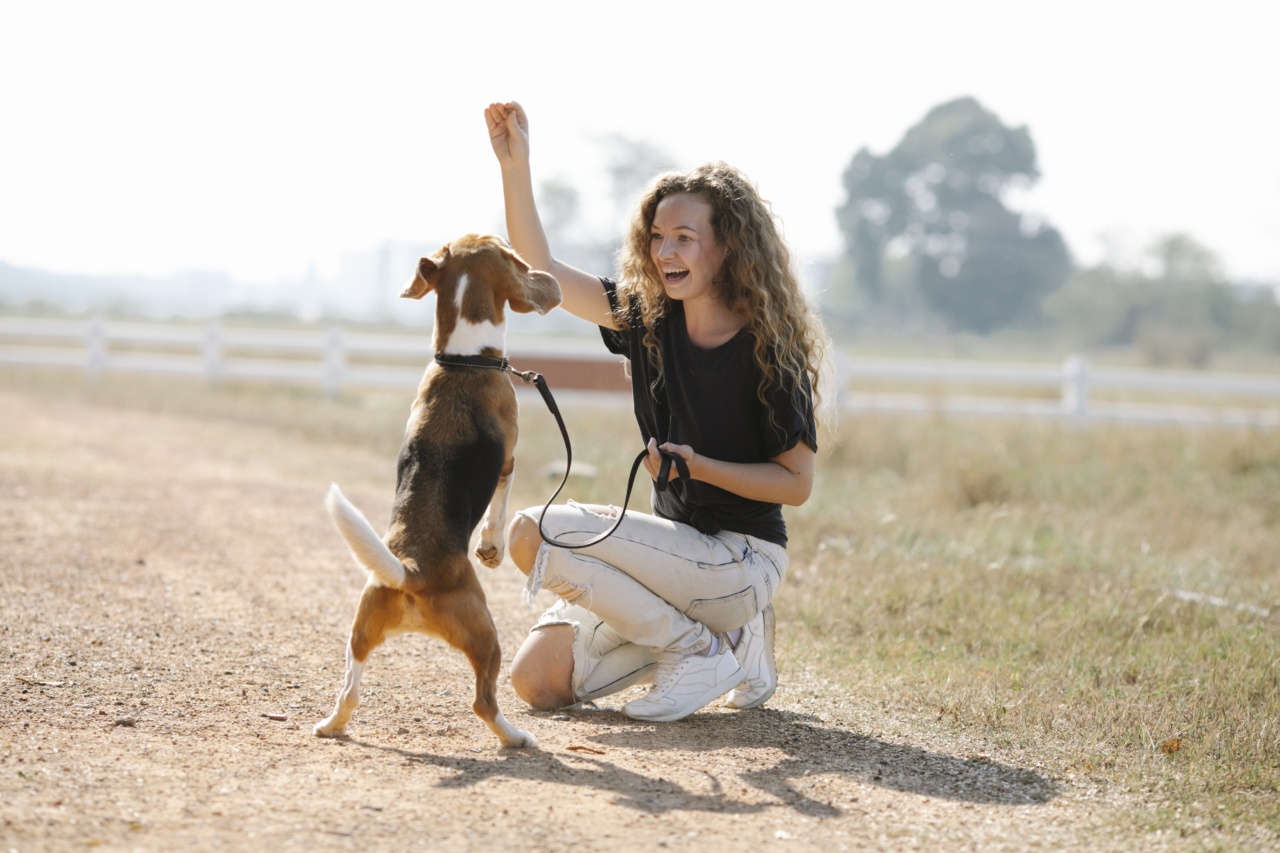Using treats as a form of reward to train your dog has become a popular method among many dog owners and trainers. However, this technique has also caused some controversy in the dog training community.
While many believe that treating your dog is a humane and effective method, others argue that it may have negative consequences on your dog’s health and behavior.
What is Positive Reinforcement?
Positive reinforcement is a type of reward-based training technique that uses positive reinforcement to encourage good behavior.
This method involves praising and rewarding your dog when they display desirable behaviors such as sitting, staying, and walking calmly on a leash. The reward can come in the form of treats, praise, or playtime.
Why Use Treats for Positive Reinforcement?
Treats are a popular form of positive reinforcement because they are easy to use and convenient. They can be easily carried in a pocket or training pouch, and they are often more appealing to dogs than verbal praise.
Additionally, treats can be a more effective way of motivating dogs to learn and perform new behaviors.
The Benefits of Using Treats to Train Your Dog
Quick and Effective Training
Using treats to train your dog can be an effective training method because it can produce rapid results. Dogs respond well to positive reinforcement, and using treats can encourage them to learn new behaviors quickly.
This method is especially useful when teaching your dog basic obedience commands such as “sit,” “stay,” and “come.”.
Better Focus and Motivation
Treats can also increase your dog’s motivation and focus during training sessions. When your dog knows that a reward is coming, they are more likely to stay engaged and attentive to your commands.
This can make training sessions more productive and enjoyable for both you and your dog.
Stronger Bond with Your Dog
Using treats to train your dog can also strengthen the bond between you and your pet. The positive reinforcement you provide can help your dog associate training with pleasant experiences and build trust with you as their owner.
The Potential Problems with Using Treats to Train Your Dog
Weight Gain and Obesity
One of the biggest concerns with using treats to train your dog is the potential for weight gain and obesity. Treats are high in calories, and if not used in moderation, can lead to excessive weight gain in your pet.
This can cause health problems such as joint pain, heart disease, and diabetes.
Dependency on Treats
Another concern with using treats to train your dog is that they may become dependent on them. Your dog may start to expect treats for every behavior, and stop responding to verbal praise alone.
This can make training more difficult and may lead to frustration for both you and your dog.
Undesirable Behaviors
Some argue that using treats to train your dog can also lead to undesirable behaviors. For example, your dog may start to beg for treats or steal food, which can be frustrating and potentially dangerous.
Additionally, your dog may start to display disobedient behavior when treats are not present, which can hinder their progress in training.
The Verdict: Is Training Your Dog with Treats Ethical?
While the use of treats to train your dog is not without its potential problems, it can be a humane and effective method of positive reinforcement.
If used appropriately and in moderation, treats can be a valuable tool in training your dog and strengthening the bond between you and your pet.
However, it is important to ensure that your dog is given a balanced and nutritious diet to avoid weight gain and obesity.
Additionally, it is important to vary the rewards you offer your dog, including verbal praise and playtime, to encourage them to respond to a variety of positive reinforcement.





























